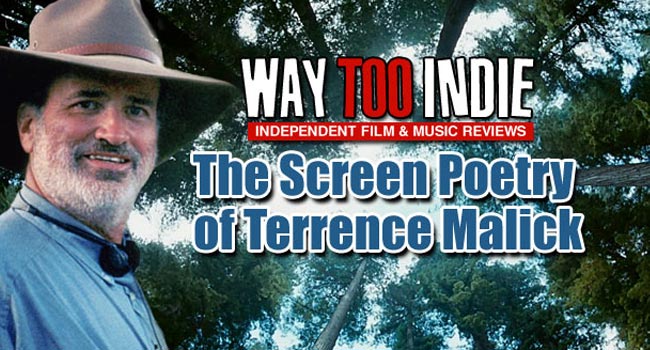Video Essay: The Screen Poetry of Terrence Malick

At the core, the cinema is the most powerful art form between sound and image. From his most direct, plot-driven narrative, Badlands, to his most abstract, polarizing film The Tree of Life, Terrence Malick has been progressively moving toward the highest form of pure cinema poetry. To explain: While many hail Badlands as his penultimate masterpiece–namely for its ingenious reshaping of a story of vagabond serial killers to a lyrical ode of unabashed human impulse–it ironically is as far removed as anything that Malick originally intended to be his masterwork. In fact, I don’t think we’ve seen his masterwork yet. The New World and The Tree of Life are both towering masterpieces. Both exercising improvisational scripting, the physicality of open body language acting, and the absence of generators or any manufactured “studio” lights. But they are merely precursors to a much grander cinematic opera of the soul that Malick is slowly chipping away at with his current cavalcade of prolific motion pictures. And that’s exactly the best way to describe the cinema of Malick: “motion pictures.” If anything, Malick has come closer than any filmmaker to breaking down and building up the very foundation of the cinema. In turn, he has shown us at our most feral, our most vulnerable and our most majestic. Malick’s moving image is the penultimate cinematic experience. Let it wash over you.
